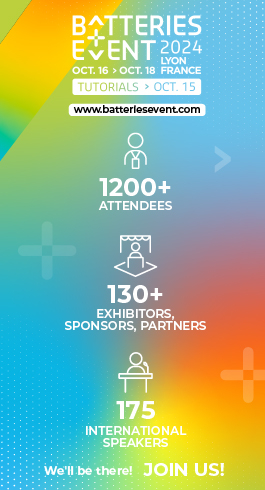IESW 2022: Success of shared mobility lies in a low-cost structure
Shared and connected mobility offers immense potential in paving the way for sustainable transportation and contributing to the climate change targets set by countries.
Shared mobility essentially entails any mode of transportation that is shared by users on an as-needed basis, from e-bikes to electric four-wheelers to mass transit. For example, e-taxis, e-rickshaws, e-buses, and others.
At the India Energy Storage Week (IESW) 2022, experts shared the opportunities and challenges shared and connected mobility space offers specifically in the context of India and the way forward.
Anupam Jalote, CEO, International Centre for Entrepreneurship and Technology (iCreate) and moderator of the session opened the discussion, highlighting that he holds a different view from the current assertions made by some studies that Indian OEMs have potential in shared and connected mobility space largely as integrators or assemblers or white-label manufacturers.
Mr. Jalote explained that the key lever for success in shared mobility is a low-cost structure, and that will only be achieved when we can create our own knowledge across the entire EV value chain by creating our own IT platforms, payment mechanism, single standards, BMS, controllers, motors & controllers etc.
The panelist agreed that when the cost can be controlled, they can control the price at which services are offered, and for that to happen many things need to integrate to ensure seamless services– from integrating public charging systems, standards, powertrains etc.
Krishna Sharma, VP & Business Head, EVSE, Exicom Tele-Systems another co-panelist reiterated the need for developing a knowledge base in India and encouraged the development of more intelligent products and innovation in the making grid-interactive.
He underscored that each player in their respective areas of expertise needs to start innovating and creating in India.
Speaking of innovations in-house, Pankaj Sharma, co-founder of Log9 Materials and a fellow panelist urged the audience to ponder why EVs were more expensive than ICE vehicles despite ICE vehicles being far more complicated than EVs?
"When we rely on someone else's innovation we pay a premium price (patent cost) to someone else for making it," said Sharma.
In order to overcome this challenge, the Indian industry has to innovate in-house so we can bring down the cost associated with shared mobility. Self-reliance and responsibly building solutions uniquely for India should be the way forward he emphasized.
Bringing in the perspective on the various stakeholders operating in the shared and connected ecosystem and the challenges that need to be addressed therein, Vinayak Walimbe, VP – Emerging Technologies, Customized Energy Solutions stressed innovation is needed in both the grid and transportation sector. Shared and connected mobility call for a robust and interactive grid, similarly in the transportation sector standardization will be very important -- so innovation is needed in both these areas.
The panelist urged entrepreneurs, companies, and startups to create in India and make India the innovation capital to bring down the cost of products and thereby services offered in the shared and connect mobility space.
The panelists maintained when the cost comes down, the players can offer a better price to the end consumers, and when the business makes sense to the end-user it will not only automatically help grow the market but also result in a profitable industry.
























